Money counting skills Worksheets for Kids
5 filtered results
-
From - To
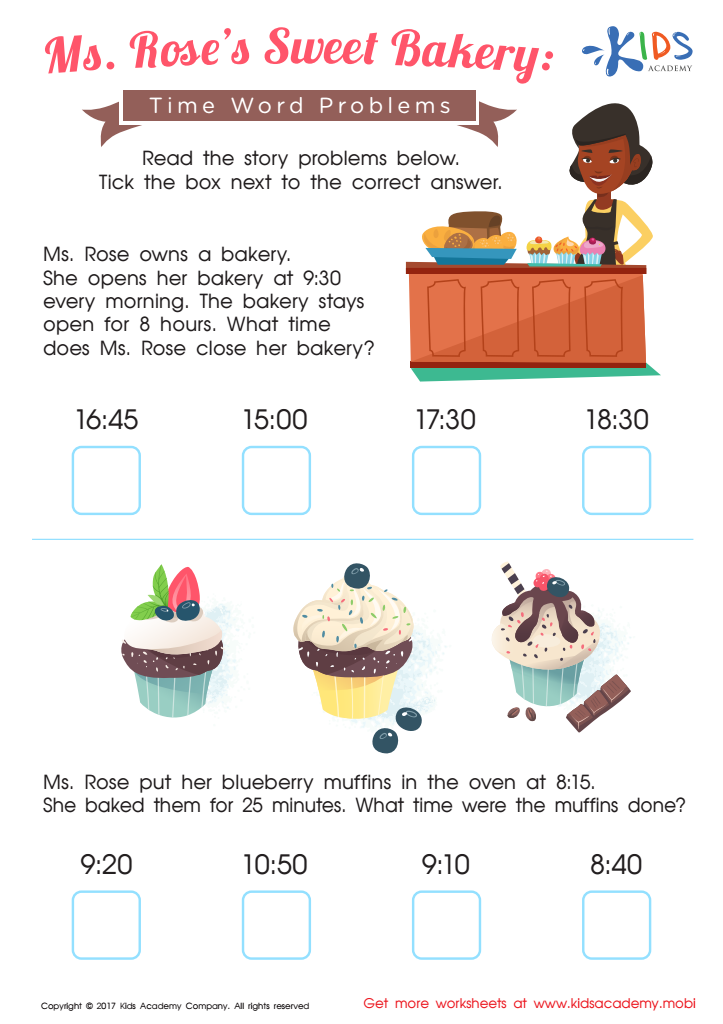

Ms. Roseв's Sweet Bakery Time Worksheet
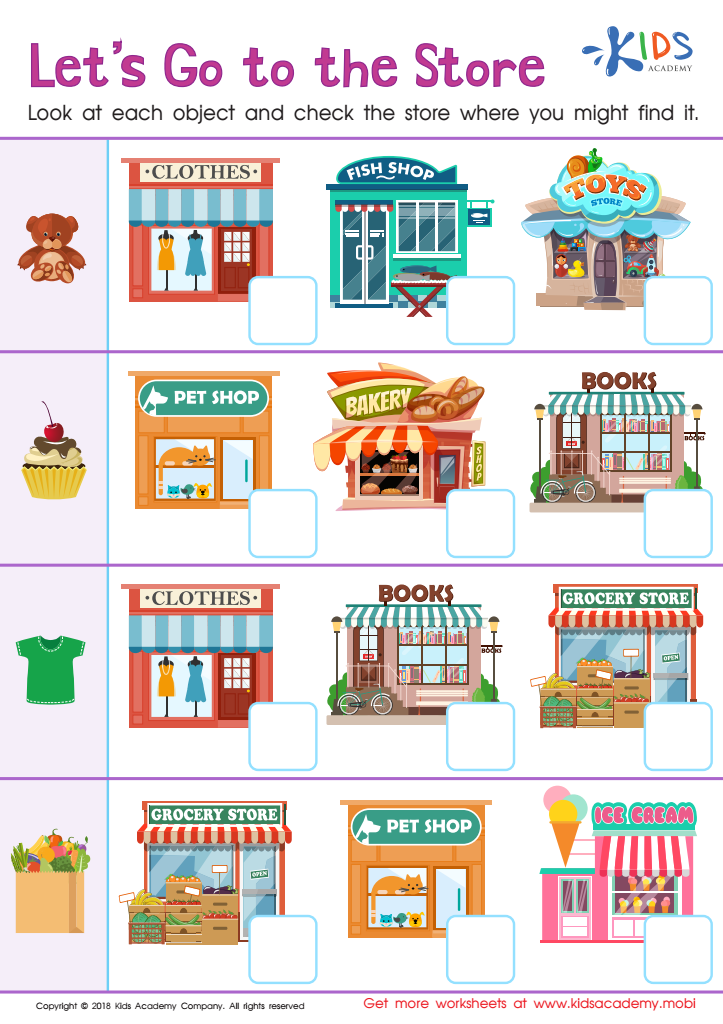

Let's Go to the Store! Worksheet
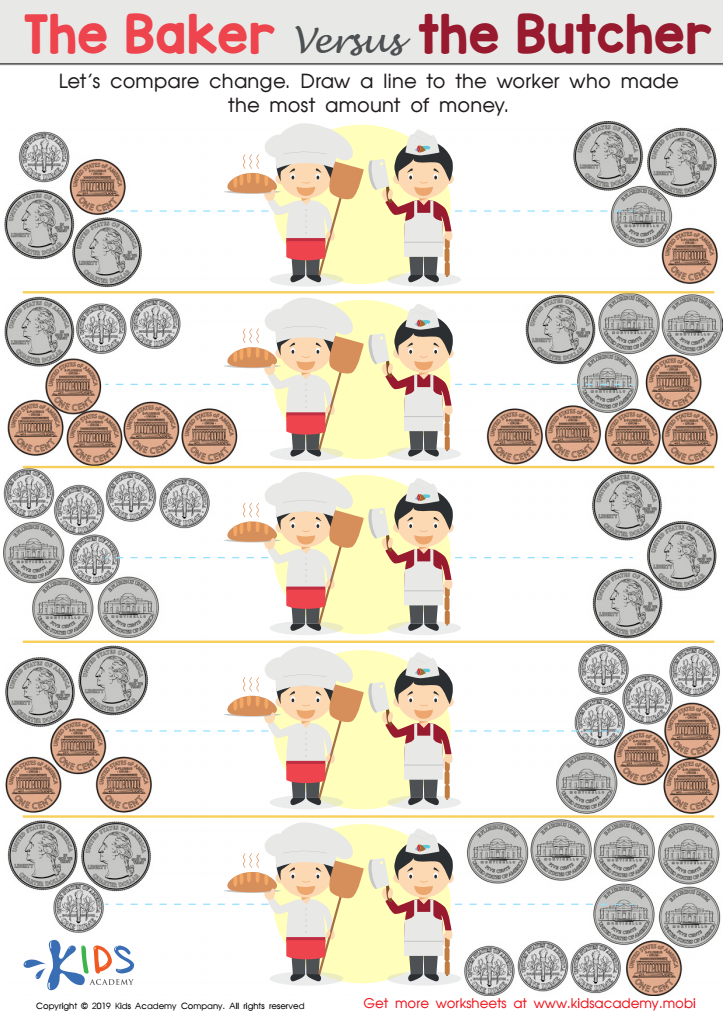

The Baker versus the Butcher Worksheet
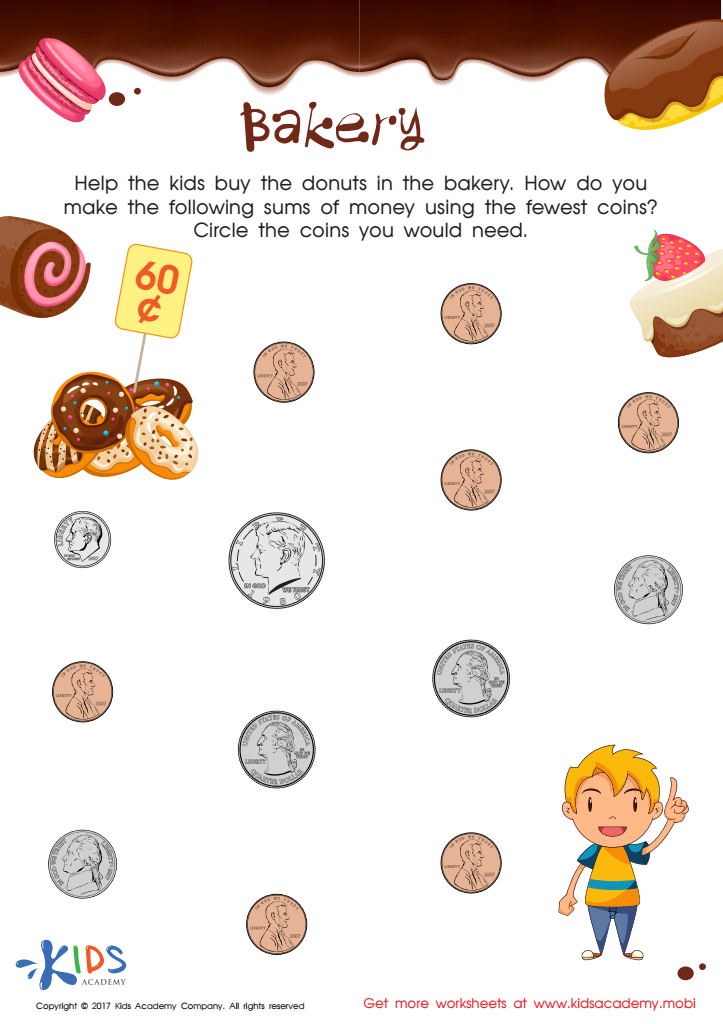

Counting Coins Worksheet
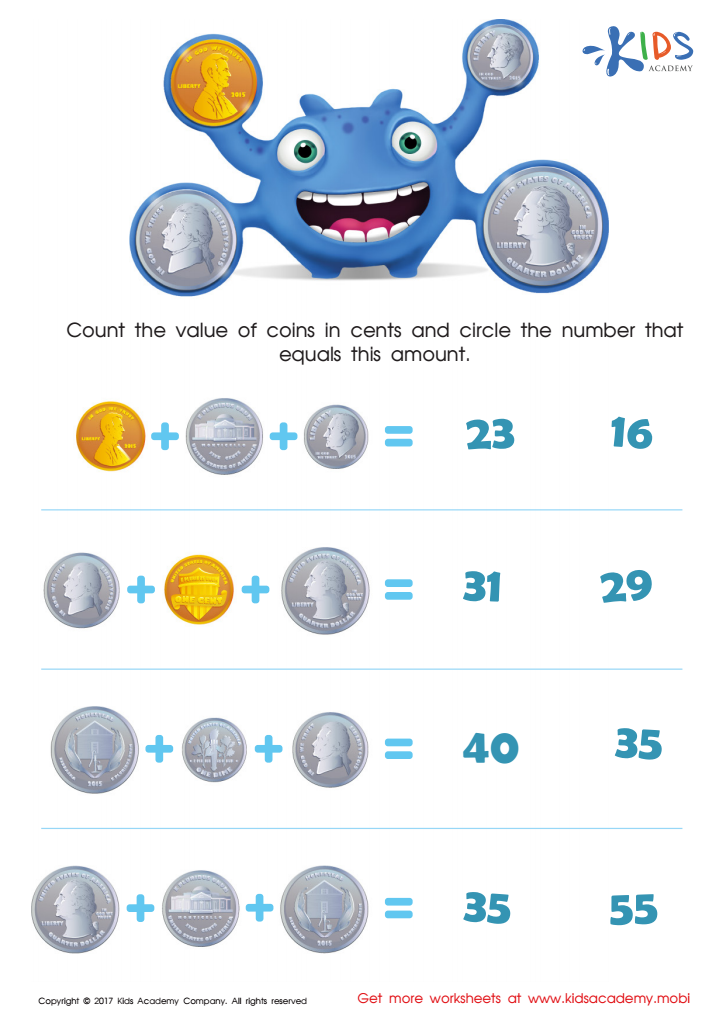

Counting the Coins Money Worksheet
Question/Answer
How to train the Money counting skill in Grade 2 students learning about Addition & Subtraction?
To train Grade 2 students in money counting, start with hands-on activities using real or play money. Introduce coins and bills, practicing identifying and adding their values. Use engaging games, like setting up a small classroom shop, where students can practice making purchases and giving change.
Why is the Money counting skill important for Grade 2 students?
The money counting skill is crucial for Grade 2 students because it lays the foundation for essential life skills like financial literacy, fosters mathematical understanding, encourages problem solving, aids in the development of fine motor skills through the manipulation of coins and bills, and prepares them for real-world transactions, promoting independence and confidence in handling money.
What are some effective activities to train students’ Money counting skill when teaching them about Addition & Subtraction?
To train students in money counting skills during addition and subtraction lessons, consider the following activities: 1) Role-playing a store where they buy and sell items using play money, 2) Playing board games that involve financial transactions, 3) Using worksheets with real-life scenarios for adding and subtracting money, and 4) Incorporating digital apps designed for money management and math practice.

 Assign to the classroom
Assign to the classroom












